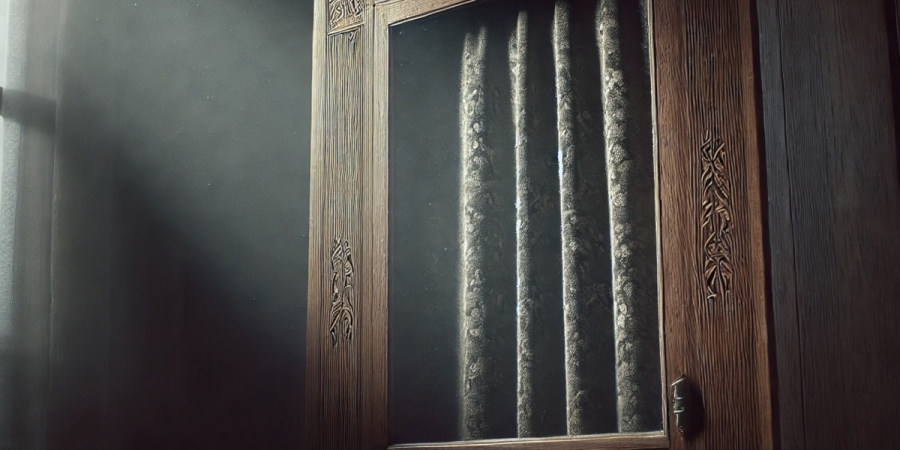

A spirit cabinet is a tool used in spirit communication that dates back to the days of Victorian spiritualism. It is essentially a small, enclosed space, usually just large enough to fit a person inside. The purpose of the spirit cabinet is to create an environment where mediums, or individuals who are believed to communicate with spirits, can attempt to contact the other side with minimal distractions and interference.
Spirit cabinets are usually constructed from simple materials, often constructed from a wooden structure with a cloth cover that can be closed off from the outside world. During a séance, the medium might enter the spirit cabinet and remain there in darkness or dim light. They were usually seated and often bound or restrained to prevent accusations of trickery.
The idea is that the confined space helps to amplify the medium's psychic energy and making it easier for them to communicate with spirits. This is based on the belief that too much external interference, such as light or noise, can disrupt the delicate process of spirit communication.
Psychologically, the isolation provided by a spirit cabinet might create a conducive mental environment for the medium. Being in a confined space can heighten the medium's senses and awareness, potentially making them more attuned to subtle changes or impressions that they interpret as spiritual contact.
Those outside the cabinet observe and wait for any signs of paranormal activity. They might hear knocks, voices, or see objects move, which are interpreted as signs of a spirit presence.
Spirit cabinets were used in various settings, from private homes to larger public gatherings. In private settings, spirit cabinets were often used during intimate séances hosted in the homes of believers. These sessions typically involved a small group of participants, including the medium, the host, and a few invited guests.
Public séances, on the other hand, were larger events held in more formal settings such as theatres, halls, or dedicated spiritualist churches. These gatherings attracted a wider audience, often curious about the possibility of contacting the spirit world. The medium, seated within the spirit cabinet, would perform in front of an audience. These public demonstrations were not only a means of communication with the dead but also a form of entertainment and spectacle.
Since the heyday of spiritualism, the use of spirit cabinets has declined. This is mostly due to the fact that many of the early demonstrations of spirit cabinets were later exposed as fraudulent, where mediums would manipulate the confined space to create fake phenomena. This was often achieved through trickery that allowed the medium to easily slip out of their restraints unnoticed.
The theatrical nature of spirit cabinets tends to feel quite alien to modern-day paranormal enthusiasts, who are generally looking for more transparency and evidence-based demonstrations of the supernatural.
However, spirit cabinets are not entirely obsolete. Some traditional spiritualists, mediums, and paranormal investigators still use them in séances. They are most often used now in private settings rather than in front of audiences. Modern practitioners sometimes use small, single-occupancy tents, such as those designed for portable toilets as a cheap form of spirit cabinet. These pop-up tents provide a convenient alternative to classic cabinets, allowing for a similar controlled environment necessary for spirit communication.
The compact and portable nature of these tents makes them an appealing option for private sittings, especially for those who may not have the resources or space to construct a permanent spirit cabinet. This modern adaptation can be set up quickly and easily in any location, making it practical for those who conduct séances or spirit communication sessions in different venues.
These tents are often used for the same reasons that spirit cabinets were traditionally used. They create a space that isolates the medium from external distractions, enhancing their focus and potentially increasing the likelihood of paranormal phenomena. However, like traditional spirit cabinets, these tents are not without controversy. Skeptics argue that the enclosed space can still be easily manipulated to produce fake phenomena.
The phenomena observed in spirit cabinet sessions are difficult to measure and verify scientifically. As a result, while there are logical reasons to think that being in a cabinet might help a medium's performance, these reasons are more psychological than scientifically proven or supernatural.
The spirit cabinet is undeniably an enduring aspect of paranormal history that remains a symbol of a bygone era of spiritualism, embodying a deep connection to the past methods of communicating with the other side.
More Essential Parapsychology
See All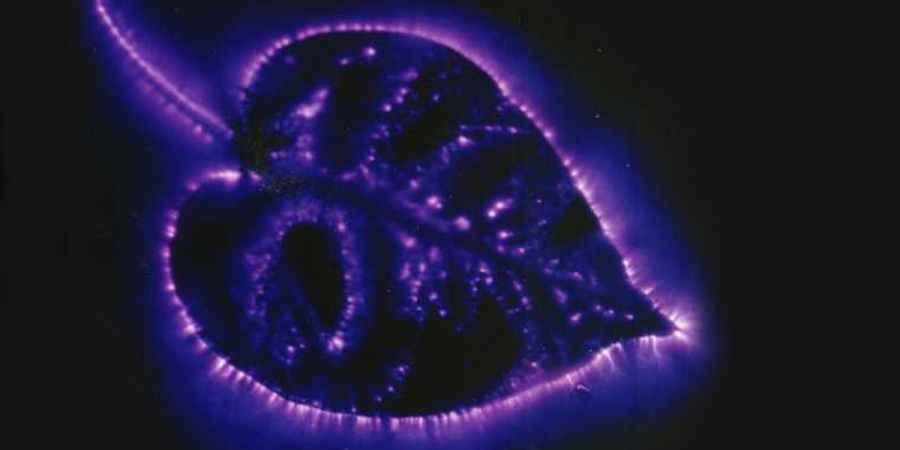
ArrayOctober 11, 2024
The Reality Behind Kirlian Photography’s Glowing Auras
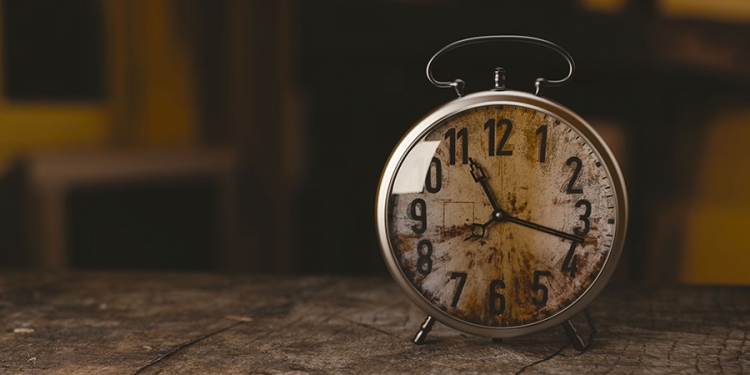
ArrayOctober 07, 2024
Could Retroactive Psychokinesis Allow Us To Influence The Past?
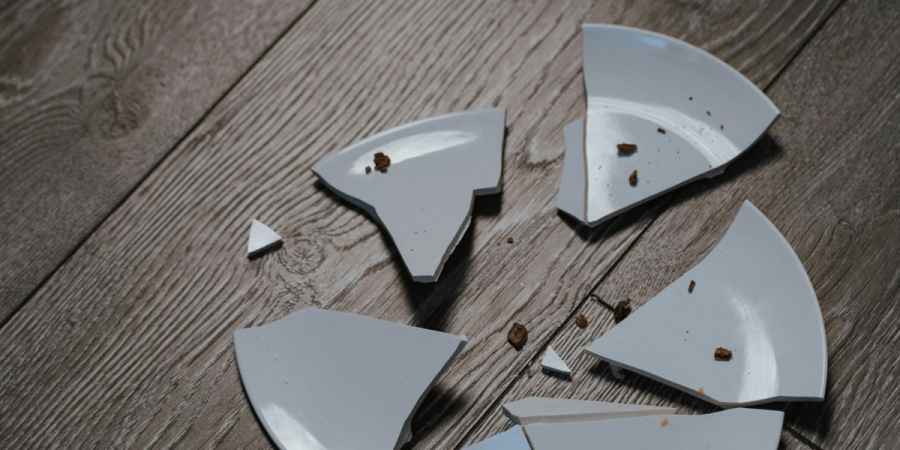
ArrayOctober 05, 2024
What Spontaneous Cases Are & Why Parapsychologists Research Them
Learn With Higgypop
Hosted by Paralearning in association with Higgypop, these courses on ghost hunting, paranormal investigations, and occult practices draw on the experience of our team of paranormal writers.

Diploma In Capturing & Analyzing Electronic Voice Phenomenon
This course gives you practical and useful knowledge of ghost hunting and paranormal research, which is invaluable when conducting your own paranormal investigations or as part of a group event.
View Course
Diploma In Modern Demonology For Paranormal Investigators
This course gives you practical and useful knowledge of ghost hunting and paranormal research, which is invaluable when conducting your own paranormal investigations or as part of a group event.
View CourseMore Like This
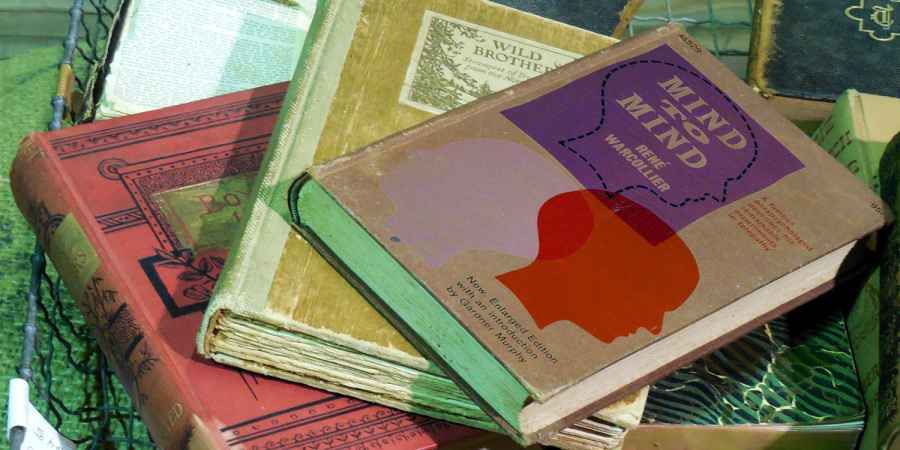
BooksMarch 17, 2025
Revisiting 'Mind To Mind': René Warcollier's 1948 Book On Telepathy
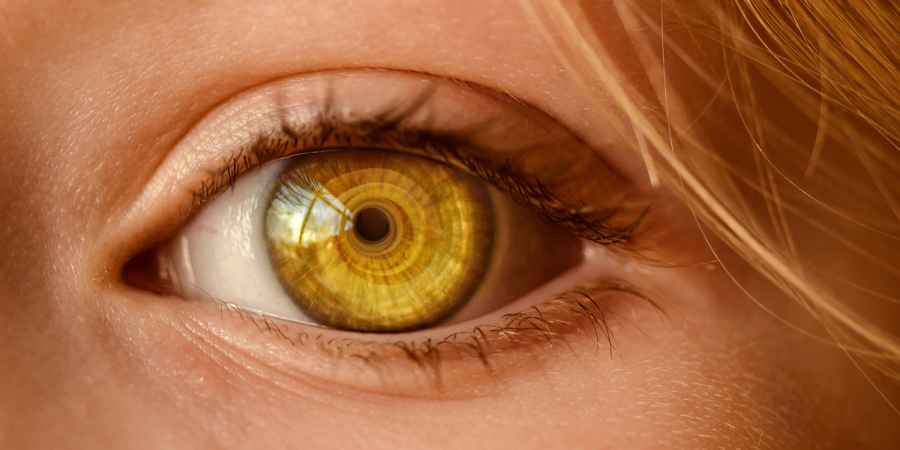
Remote ViewingMarch 16, 2025
Remote Viewing Glossary: Key Terms & Definitions
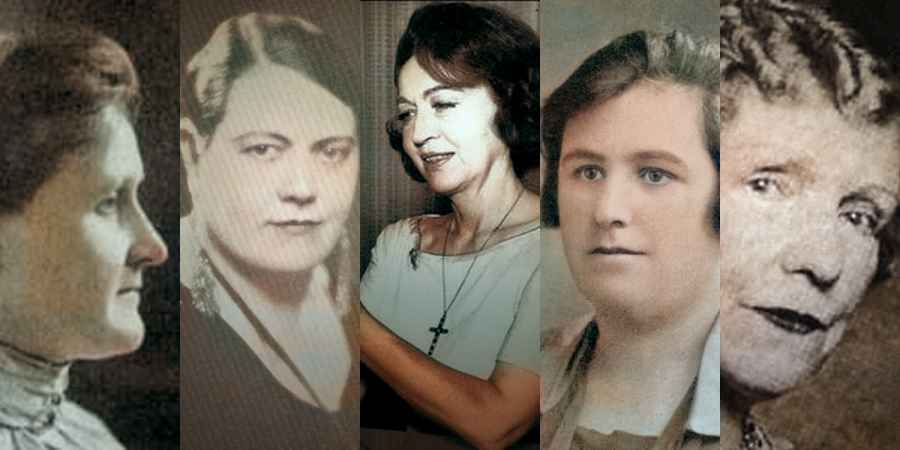
Womens DayMarch 08, 2025
Influential Female Psychics & Mediums

Remote ViewingMarch 07, 2025
Examining The Best Evidence For The Existence Of Remote Viewing
 See More on Audible
See More on Audible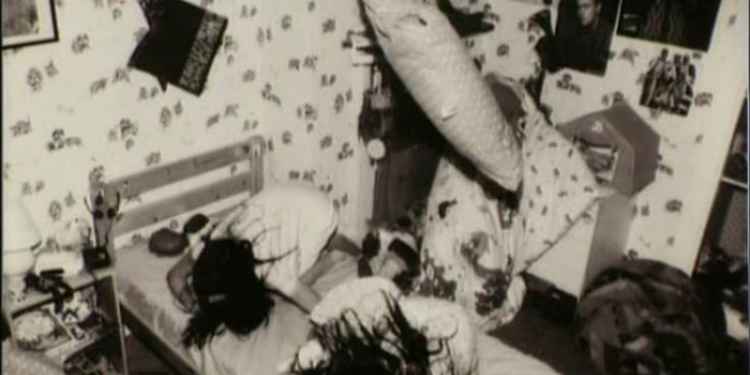

Comments
Want To Join The Conversation?
Sign in or create an account to leave a comment.
Sign In
Create Account
Account Settings
Be the first to comment.